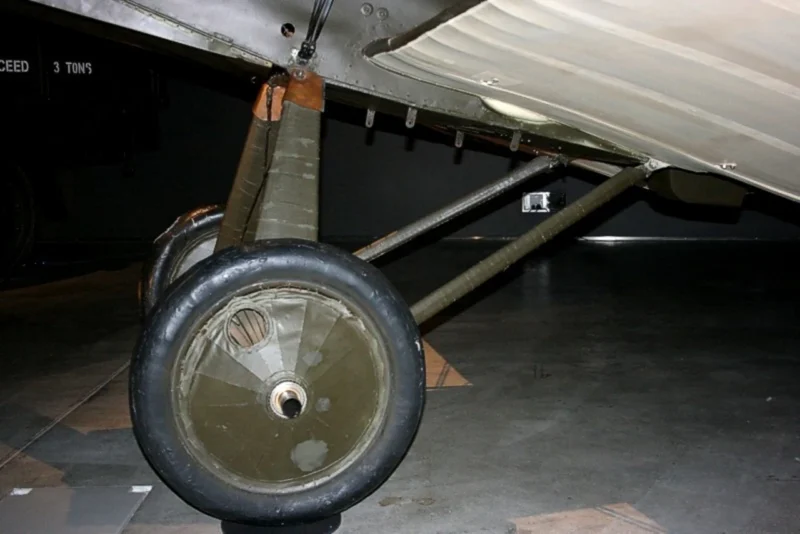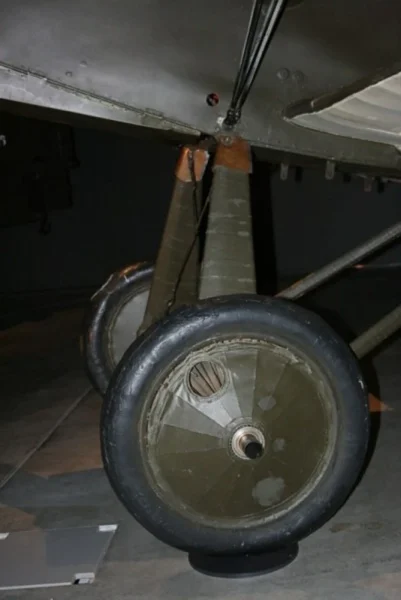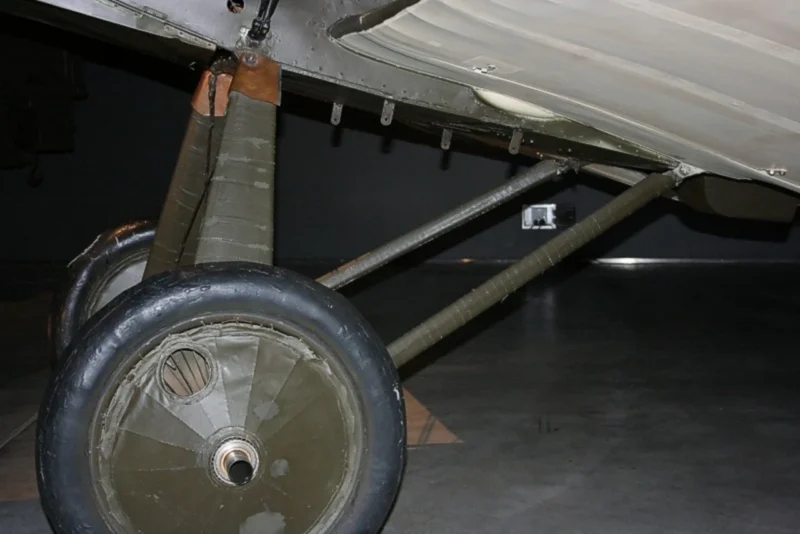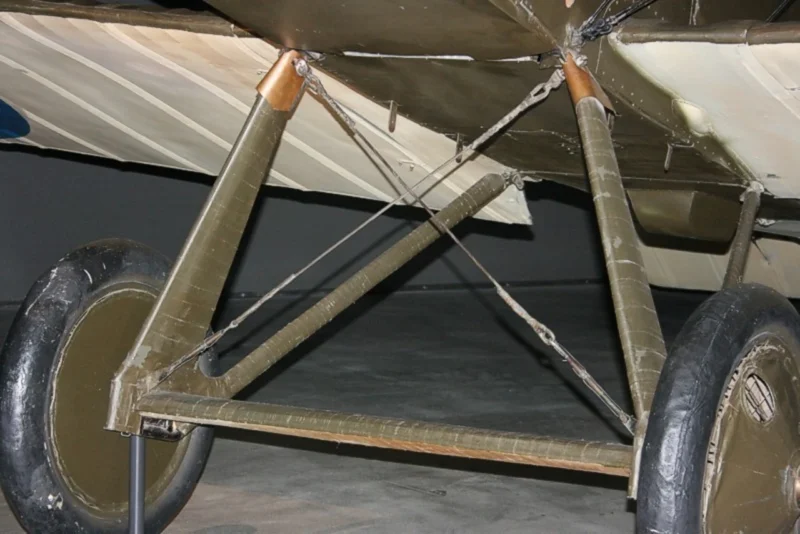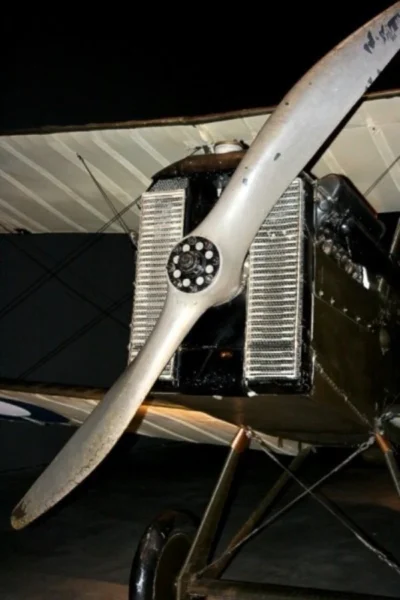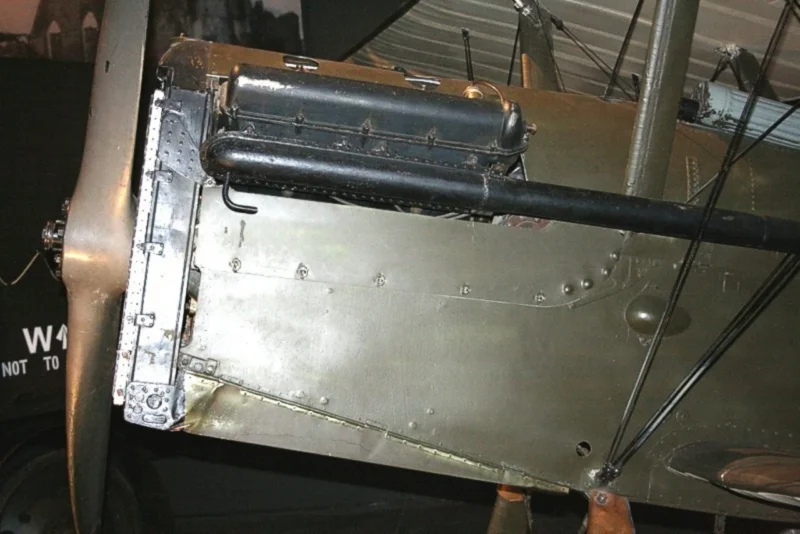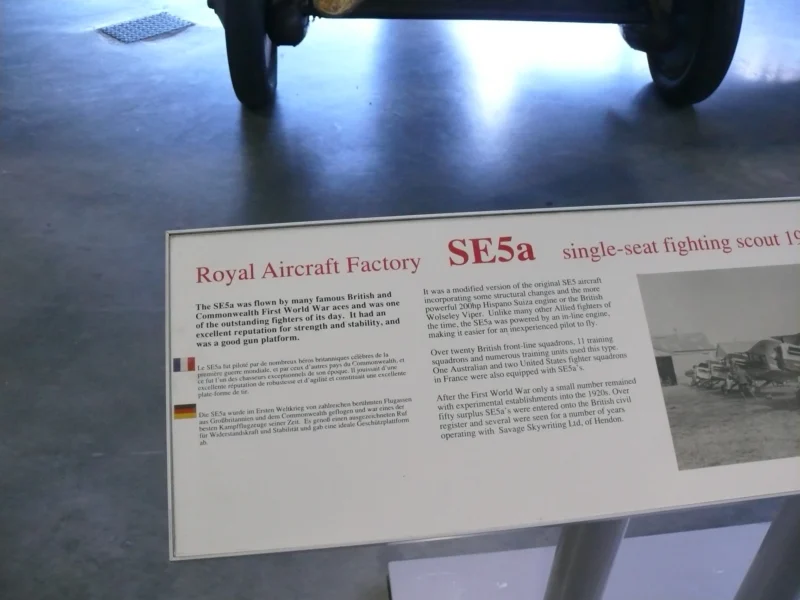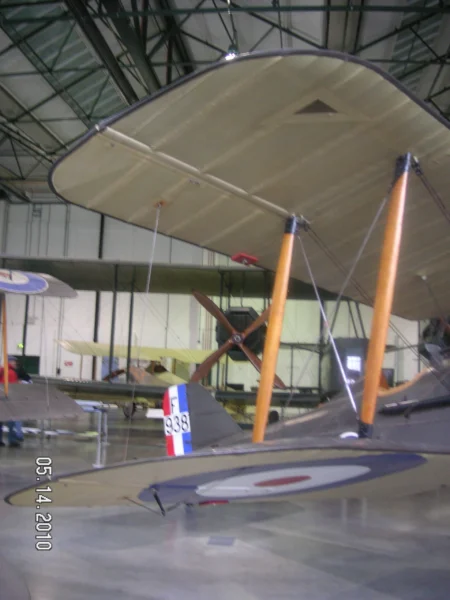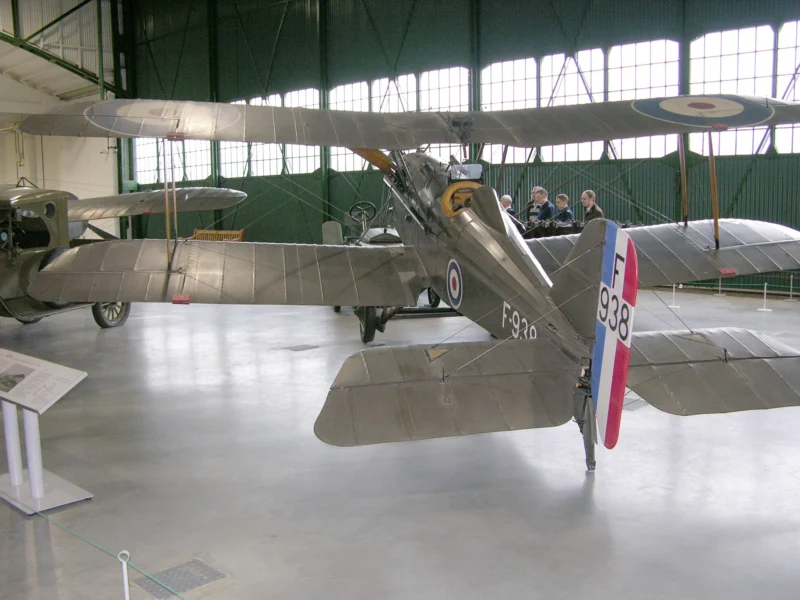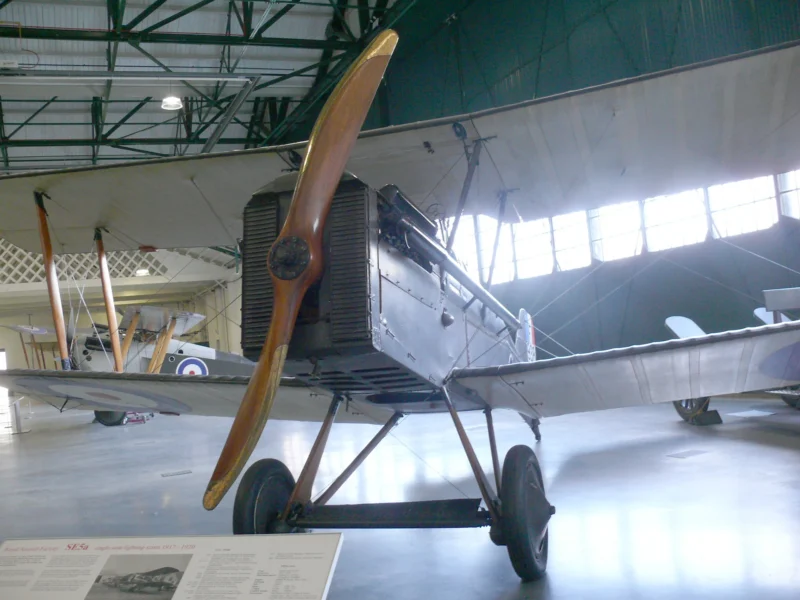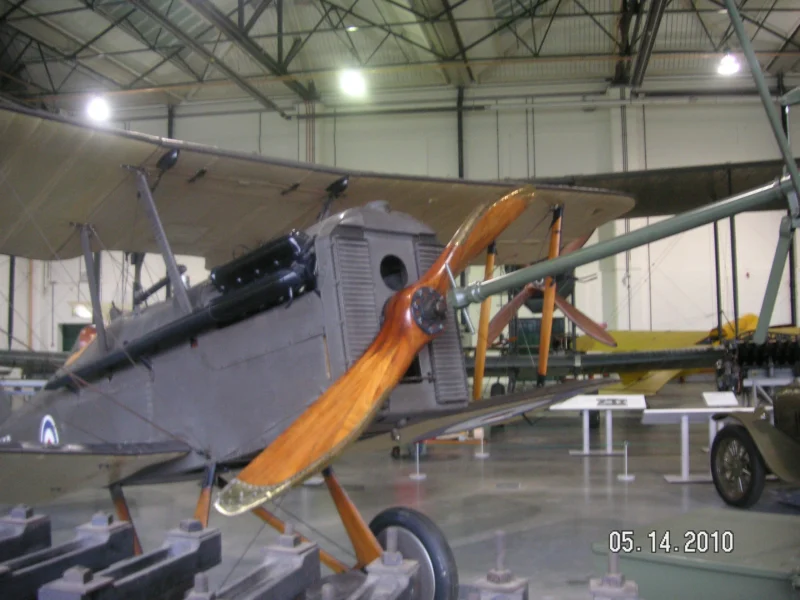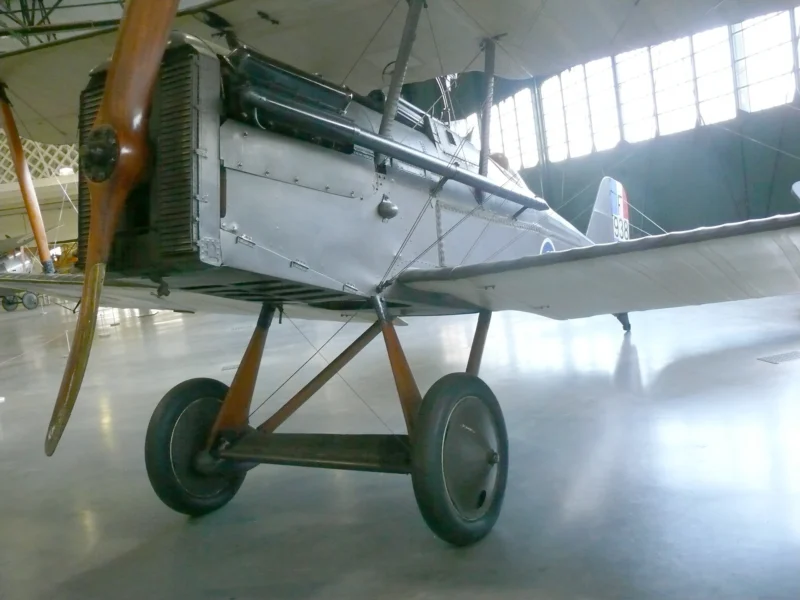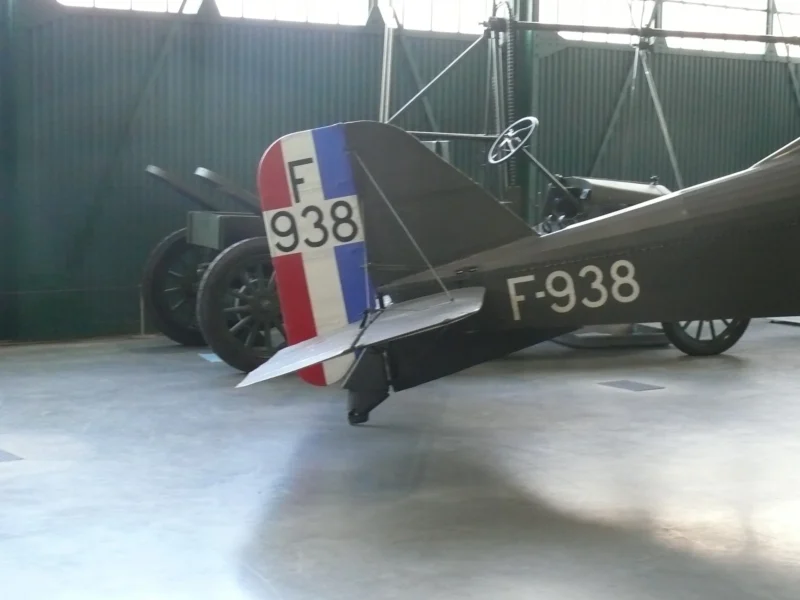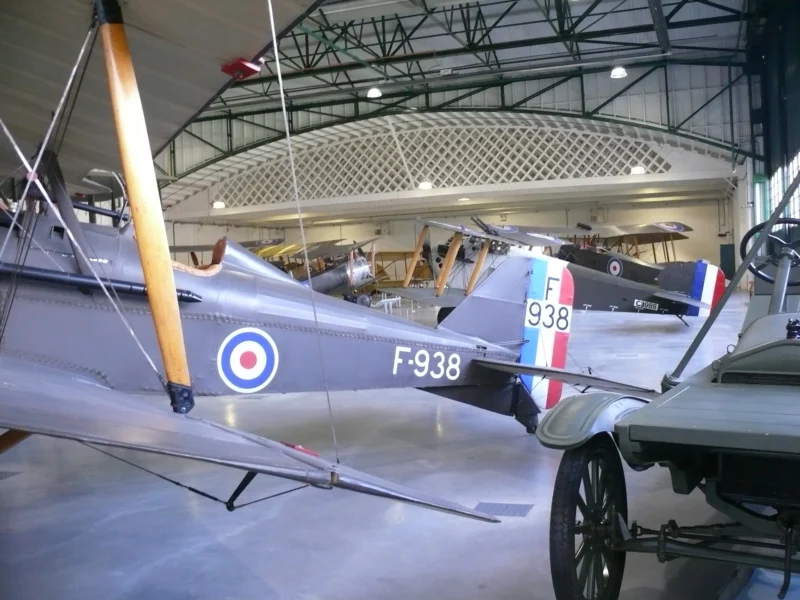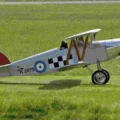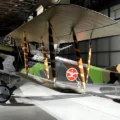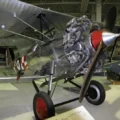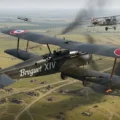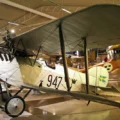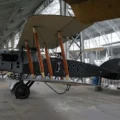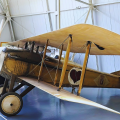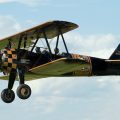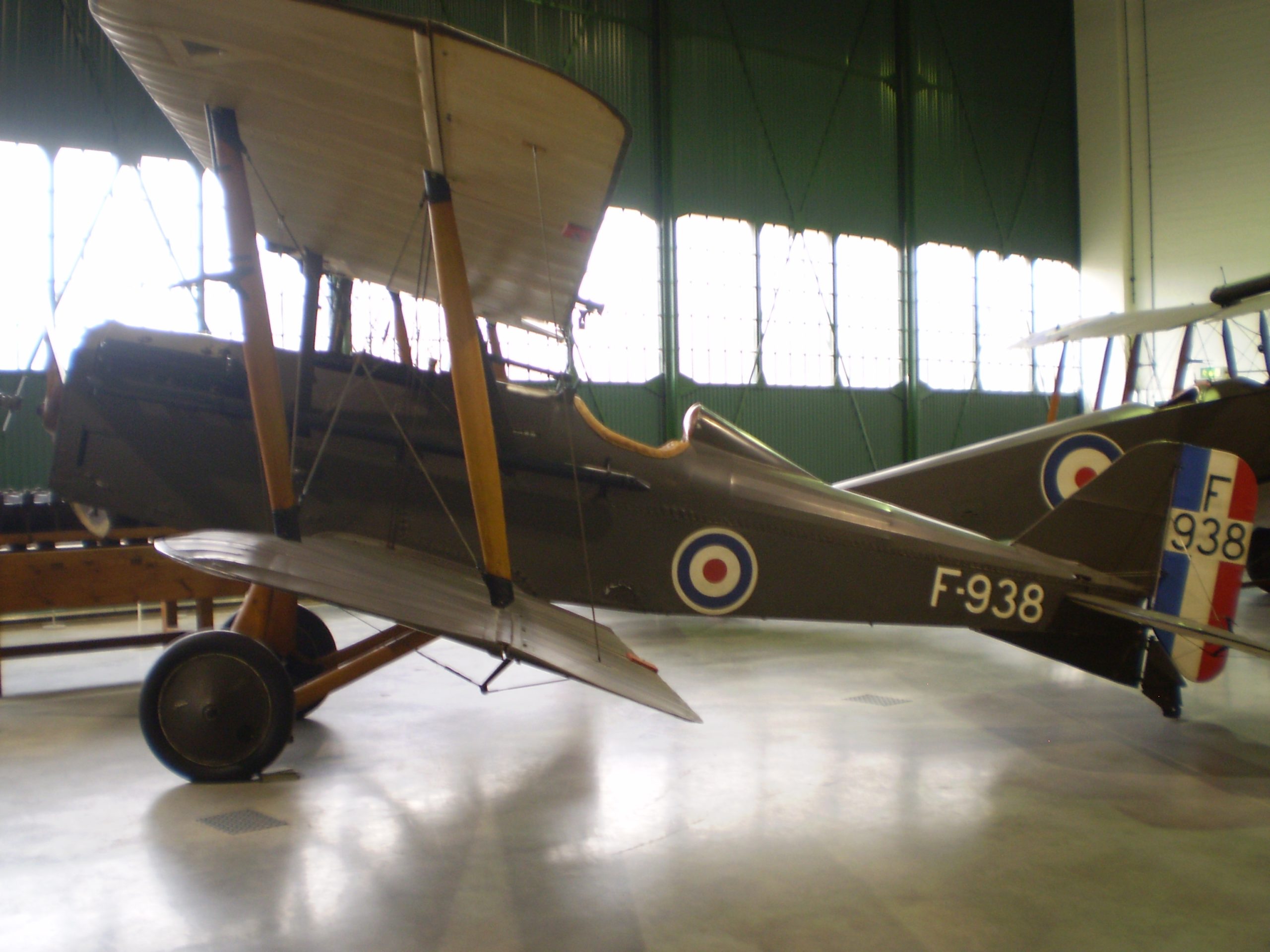
Royal Aircraft Factory S.E.5 | |
|---|---|
| Maa | Iso |
| Rooli | Kaksitasohävittäjälentokoneet |
| Ensimmäinen lento | 22. marraskuuta 1916 |
| Rakennettu | 5205 |
Valokuvagalleria Royal Aircraft Factory S.E.5, The Royal Aircraft Factory S.E.5 was a British biplane fighter aircraft of the First World War. It was developed by the Royal Aircraft Factory by a team consisting of Henry Folland, John Kenworthy and Major Frank Goodden. It was one of the fastest aircraft of the war, while being both stable and relatively manoeuvrable. According to aviation author Robert Jackson, the S.E.5 was: “the nimble fighter that has since been described as the ‘Spitfire of World War One'”.
| Royal Aircraft Factory S.E.5 | |
|---|---|
| Valokuvaaja | Jean Thomas Rembert |
| Lokalisointi | Ei tietää |
| Valokuvat | 38 |
| Royal Aircraft Factory S.E.5a Walk Around | |
|---|---|
| Valokuvaaja | Ei tietää |
| Lokalisointi | |
| Valokuvat | 17 |
Katso myös:
Nniiden Royal Aircraft Factory S.E.5 was a British biplane fighter aircraft of the First World War. It was designed by Henry Folland, John Kenworthy and Major Frank Goodden of the Royal Aircraft Factory in Farnborough. It was one of the fastest aircraft of the war, while being both stable and relatively manoeuvrable. According to aviation author Robert Jackson, the S.E.5 was: “the nimble fighter that has probably never been surpassed for sheer versatility of performance, handling quality and flying characteristics.”
S.E.5 kehitettiin aikaisemmista Royal Aircraft Factoryn malleista, kuten B.E.2 ja F.E.2. Se käytti uutta 150 hv: n (112 kW) Hispano-Suiza 8 -V8-moottoria, joka antoi sille huippunopeuden noin 138 mph (222 km/h). S.E.5:ssä oli myös vahva rakenne, joka kesti suuria g-voimia ja mahdollisti sukelluksen suurilla nopeuksilla. S.E.5 oli aseistettu synkronoidulla .303 tuuman (7,7 mm) Vickers-konekiväärillä rungon paapuurin puolella ja .303 tuuman (7,7 mm) Lewis -aseella Foster-kiinnikkeellä yläsiivessä, joka voitiin ampua kulmassa potkurin välttämiseksi.
Nniiden S.E.5 entered service with the Royal Flying Corps (RFC) in March 1917 and soon proved to be an effective fighter and a popular mount for many British aces, such as Albert Ball, James McCudden, Edward Mannock and Billy Bishop. The S.E.5 also served with the Royal Naval Air Service (RNAS) and several other Allied air forces, such as France, Belgium, Italy and the United States. By the end of the war, 5,265 S.E.5s had been built by six manufacturers: Austin Motors, Air Navigation and Engineering Company, Curtiss Aeroplane Company, Martinsyde, Vickers and Wolseley Motor Company.
S.E.5 pysyi palveluksessa sodan marraskuussa 1918 päättäneen aselevon jälkeen. Jotkut muutettiin siviililentokoneiksi tai koulukoneiksi, kun taas toisia käytettiin kokeellisiin tarkoituksiin. RAF poisti viimeiset operatiiviset S.E.5: t käytöstä vuonna 1926.
Katsottu: 2644


